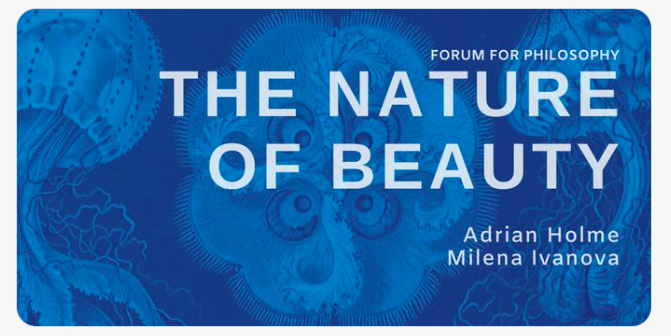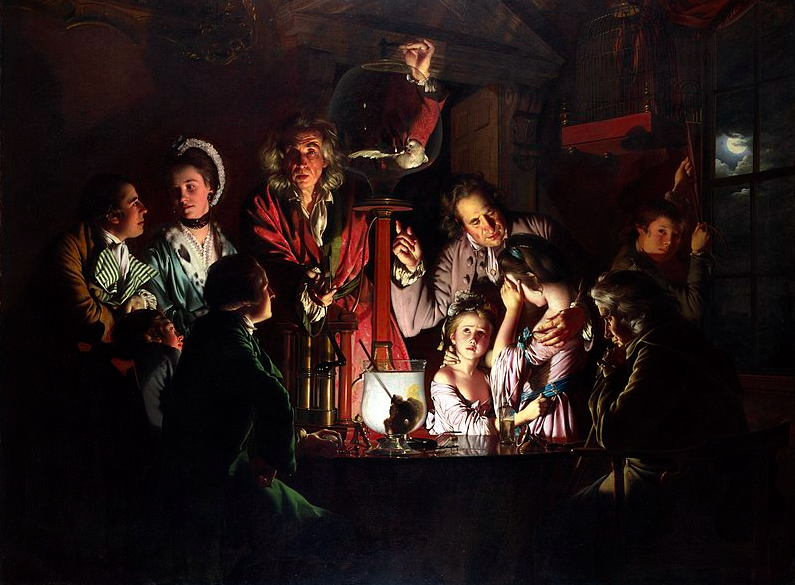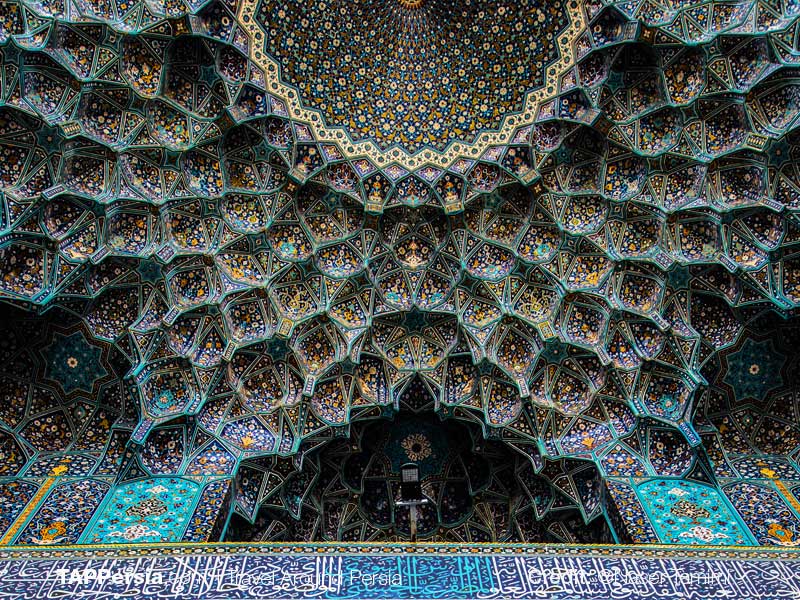
This talk was given by Iain McGilchrist at the Field&Field conference in the Cotswolds, UK, October 2021. It relates to Chapter 26 of his new book, The Matter with Things. Our Brains, Our Delusions and the Unmaking of the World.
I have now received my copies of the two volumes of The Matter with Things (TMWT) and can see that there is very much more content included in Chapter 26, than was covered in the talk I listened to. I have included here elements of the talk that I found interesting, with reference, in some places, to the text of The Matter with Things for further clarity. Any errors in the content of this post are mine, and should not be attributed to Iain McGilchrist.
In this talk Iain discussed values as essential elements in the cosmos, in particular truth, goodness, and beauty, which, he said, are not simply painted onto the surface of life, but are ontological primitives. The cosmos is beautiful whether we are there or not to appreciate it. Life brings into being the capacity for value. As Thomas Nagel said, ‘Value is not just an accidental side effect of life; rather, there is life because life is a necessary condition of value.” (Nagel, 2012, 122-123). Values evoke a response in us and give meaning to life. Valuing depends on a relationship.
Truth
Science has one overarching value and that is truth, but science cannot help us understand the nature of values and may indeed help us misunderstand them. Science regards values as secondary phenomena, and when it does turn its gaze on values, regards them in a utilitarian way.
‘Truth carries within it the whole purpose of science, and gives meaning to its activities. However, science will not admit anything that is not empirically verifiable – yet the value of truth, like all value, is incapable of empirical proof.” (TMWT p.1123).
Truth is not the same as utility. “Values are not just validated by the outcomes they achieve; they are inseparable from our deepest emotional experience.” (TMAHE, p.1125). Useful assumptions are not always truthful and true assumptions are not always of practical use. Truth is not a function of another value. Truth is an act, a process; one of trust in or faithfulness towards, whatever is; an unrevealing of something. This process leads to a foundational web of interconnectedness. Not all values, e.g., utilitarian values, are fundamental in this way.
Since the whole of Part 2 of Volume 1 of The Matter with Things is devoted to the question of what is truth, and what are the paths to truth, Iain did not spend a lot of time on truth as a value in this talk. However, I have heard Iain give a complete talk on just truth in the past. Here is a link to the related blog post: Exploring the Divided Brain – Where can we go for truth?
Goodness
Like truth, goodness is not an add-on to life, but part of the nature of consciousness. In our culture the dominant approach to ethics is utilitarianism. This is the governing value of the left hemisphere which is focussed on outcomes rather than the essential interiority of morality, but the evidence from brain studies shows that the right hemisphere is more important for morality. Utilitarianism is a characteristic of brain damage, as seen in psychopaths. Morality is intrinsic in our cosmos and it is our duty to respond to it. Moral values and judgements can’t be explained in a calculating way; they rely on intuition and everything we know from experience.
Thought experiments are often used to illustrate the moral dilemmas we face. Should a doctor sacrifice the life of one patient with healthy organs, so that five other patients can receive organ transplants and live? Thought experiments like these seem to presume that we are machines, but ‘Normal judgements of morality require full interhemispheric integration of information critically supported by the right temporal parietal junction and right frontal processes. In moral decision-making, then, the right hemisphere is more important: it takes into account intention and context.’ (TMWT, p.1133). Moral and immoral behaviour are deeply bound with the right and left hemispheres respectively.
Goodness and morality are irreducible to utility. ‘There comes a point where one has to say ‘certain things are wrong: if you can’t see it for yourself, I can’t help you.’ (TMWT, p.1137)
Morality is a nexus, not a chain; it is a disposition towards the world. Utilitarianism overvalues individualistic pleasure and determination, but “A pleasure-filled life is not the same as a happy life, and a happy life is not the same as a meaningful life.’ (TMWT, p.1139). We’re not just here to enjoy ourselves. We need to balance hedonic pleasure with eudaimonic pleasure, taking into account the happiness of others. We are not squalid, selfish apes. When we act intuitively, we are often gracious and generous. Prosocial behaviours tend to result from intuitive behaviour. Evolution involves both competition and cooperation; collaboration is the best survival tactic. The prevailing view of science is cynical, i.e., that we are blind, selfish mechanisms, that altruism must be covert selfishness, and that we maximise our self-interest. But cynicism has been shown to be related to lower intelligence. ‘Cynicism appears to be a coping strategy by the cognitively less gifted, to avoid being duped by others’. (TMWT, p.1143)
Neither a utilitarian, nor a deontological approach to ethics solves the problem of how to understand moral principles. Instead, Iain suggests virtue ethics as an approach that is not so much concerned with outcomes as with an attitude founded on the ontology of the right hemisphere. The right hemisphere acknowledges moral ambiguity and that goodness is in some form constitutive of the cosmos.
Beauty
A utilitarian view of beauty is to see it as a means of ensuring sexual attraction, necessary for evolution, but when we start making things, we want them to be beautiful, not just utilitarian. Darwin recognised that how a sense of beauty is first acquired is not known, even if it is used afterwards for sexual attraction. Our sense of beauty, e.g., the beauty of nature or of the landscape serves no utility. Beauty is not a luxury or superfluity as many scientists think. People’s wellbeing depends on being surrounded by beauty. Schools should be beautiful. Hospitals too.
Like truth and goodness, beauty is foundational. It is one of the things life is for. It is not a human invention. It is not a luxury that we can afford only once our basic survival needs have been met. Appreciation of beauty is a primal instinct.
Beauty doesn’t have designs on us; Its purposiveness is without purpose. As Emily Dickinson wrote:
Beauty – be not cause – It is –
Chase it, and it ceases –
Chase it not, and it abides
Beauty is more universal than we have been taught to think. It is not purely culturally determined. There is enormous commonality across cultures in what people find beautiful. Watch, in this video (06.35), how an Amazonian tribe respond to the beauty of Maria Callas singing Bellini’s ‘Casta Diva’, despite knowing nothing about her, or her music.
The essence of beauty is harmony, the appreciation of the relations between things. This is a strength of the right hemisphere. A sense of beauty aligns with tolerance of ambiguity, appreciation of asymmetry, and understanding the implicit and embodiment in nature. These are all characteristics of the right hemisphere which appreciates beauty through a broad, open, receptive gaze. The left hemisphere’s gaze is sharply defined and grasping. This is similar to how the Navajos have two ways of looking at the landscape; with hard and soft eyes. Soft eyes are used for taking in beauty. The left hemisphere fails to make sense of beauty.
Iain ends Chapter 26 of The Matter with Things, with the following two sentences:
‘Beauty, morality and truth have been downgraded, dismissed or denied. If you want to see the consequences, you need do no more than look around you.’ (TMWT, p.1165)
References
Iain McGilchrist (2010). The Master and His Emissary. The Divided Brain and the Making of the Western World. Yale University Press.
Iain McGilchrist (2021). The Matter with Things. Our Brains, Our Delusions and the Unmaking of the Western World. Perspectiva Press
Nagel, T. (2012). Mind and Cosmos: Why the Materialist Neo-Darwinian Conception of Nature Is Almost Certainly False. New York: Oxford University Press.
Source of Image: Libquotes



